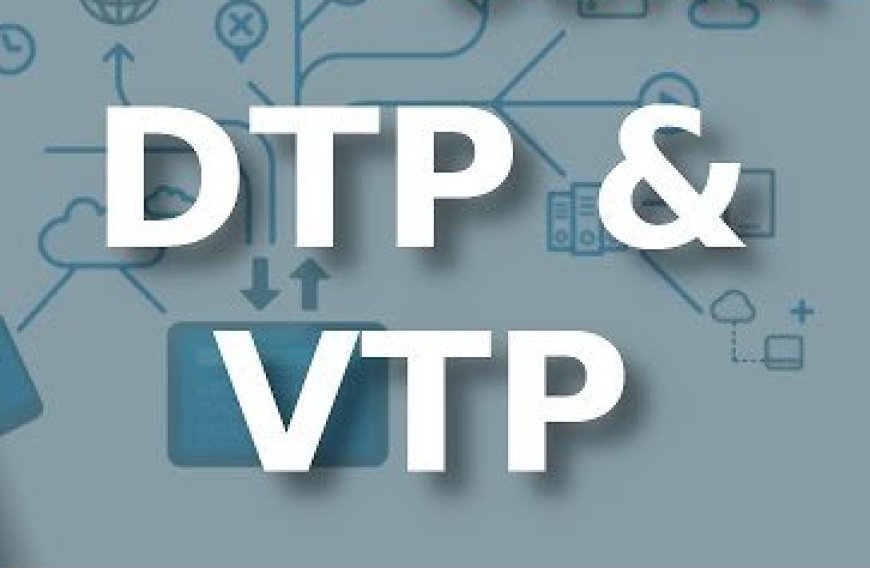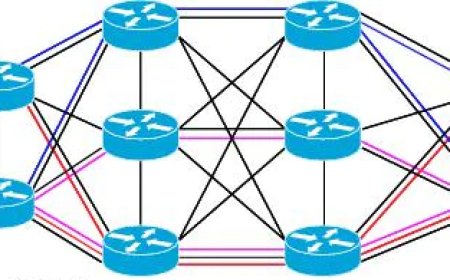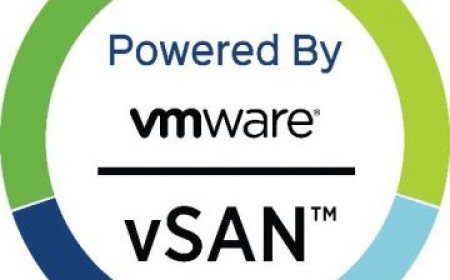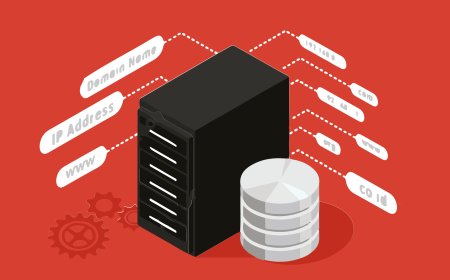DTP and VTP Explained
VTP stands for VLAN Trunking Protocol. DTP stands for Dynamic Trunking Protocol. VTP is a protocol used to share VLAN information within a domain among connected switches. DTP is a protocol used to negotiate trunking between switch ports on either end of a link. So, these to protocols provide benefits in managing VLAN and trunks. This article provides the details about DTP and VTP.

Recommendation:
Remember what are VLAN and Trunking before reading this article: VLAN and TRUNK Explained - superuser (kbsuperuser.com)
DYNAMIC TRUNKING PROTOCOL
DTP is a Cisco proprietary protocol used to negotiate the trunking mode between two interconnected switches. Trunking is a technique used in computer networking to enable the transmission of data between switches, routers, and other network devices.
DTP works by exchanging messages between two switches to determine whether they should form a trunk and which trunking protocol to use. There are four possible modes that a switch port can be configured for: access, trunk, dynamic auto and dynamic desirable. In access mode, the port is configured to carry traffic for a single VLAN. In trunk mode, the port can carry traffic for multiple VLANs. In dynamic auto mode, the port can form a trunk with another switch if the other switch is configured for trunk or dynamic desirable mode.
DTP messages are sent as VLAN-tagged frames over the link between two switches. These frames contain information about the switch's DTP mode and the VLANs that it supports. If both switches support trunking, they will negotiate the trunking mode and form a trunk if necessary. If only one switch supports trunking, the other switch will automatically configure its port as an access port.
DTP is not commonly used today as many network administrators prefer to manually configure trunk links between switches to have more control over the network.
- DTP is a Cisco proprietary protocol, so it is not supported by non-Cisco switches or devices.
-
Dynamic auto: In this mode, the port will automatically attempt to negotiate a trunk link with the remote device. If the remote device is configured as a trunk or dynamic desirable, the link will form a trunk; otherwise, the port will operate as an access port.
-
Dynamic desirable: In this mode, the port actively tries to form a trunk with the remote device. If the remote device is also configured as dynamic desirable or trunk, the link will form a trunk; otherwise, the port will operate as an access port.
-
Trunk: In this mode, the port will always form a trunk link with the remote device, regardless of the remote device's configuration.
Benefits of Using DTP:
-
Simplifies network configuration: DTP can simplify network configuration by allowing switches to dynamically negotiate the trunking mode, eliminating the need for manual configuration.
-
Efficient use of network resources: Trunking enables the efficient use of network resources by allowing multiple VLANs to be carried over a single physical link between switches. This can help reduce the number of physical connections needed between switches and optimize network bandwidth usage.
-
Flexibility and scalability: DTP provides flexibility and scalability by allowing switches to dynamically form trunk links and support multiple VLANs. This can help network administrators adapt to changing network requirements and add new VLANs or switches as needed without reconfiguring the network.
-
Reduces errors: DTP can help reduce configuration errors that can occur when manually configuring trunk links between switches.
-
Saves time: DTP can save time by automating the configuration process and reducing the need for manual configuration, which can be time-consuming and error-prone.
Drawbacks of Using DTP:
-
Security risks: DTP can pose security risks if it is not configured properly or is left enabled on ports that do not require trunking. For example, an attacker could potentially use DTP to create a rogue trunk link and gain unauthorized access to VLANs or other network resources.
-
Compatibility issues: DTP is a Cisco proprietary protocol, so it may not be compatible with non-Cisco switches or devices. This can limit the flexibility and interoperability of the network.
-
Unintended trunking: DTP can cause unintended trunking if it is enabled on ports that do not require trunking, such as access ports. This can lead to unexpected network behavior or performance issues.
-
Configuration errors: DTP can be complex to configure and manage, and improper configuration can lead to errors or unintended consequences. For example, misconfigured DTP settings could lead to VLAN misconfigurations or network outages.
-
Limited control: DTP can limit network administrators' control over the network by automatically forming trunk links without manual configuration. This can make it difficult to troubleshoot network issues or optimize network performance.
Enabling DTP negotiation:
Disabling DTP negotiation:
VLAN TRUNKING PROTOCOL
VTP is a Cisco proprietary protocol that allows switches to exchange information about VLANs over a trunk link. VTP is designed to simplify the administration of VLANs in a network by allowing VLAN configuration changes to be made on one switch and automatically propagated to all other switches in the same VTP domain.
With VTP, a switch in server mode can create, delete, or modify VLANs, and this information is propagated to all other switches in the same VTP domain. Switches in client mode and transparent mode receive and process the VTP updates, but they cannot create, delete, or modify VLANs. Transparent mode is used when you want to locally configure VLANs on a switch without affecting the rest of the network.
The VTP domain is a group of switches that share the same VTP configuration. A switch can belong to only one VTP domain at a time. When a switch is added to a VTP domain, it receives the VLAN database from the VTP server, including VLAN IDs, names, and other information.
One important thing to note is that VTP updates are sent as multicast frames over the trunk link, and the VTP password should be set to prevent unauthorized changes to the VLAN configuration. Additionally, it's important to ensure that VTP domains are configured properly to prevent unintended propagation of VLAN information.
-
Server mode: In this mode, a switch can create, modify, and delete VLANs, and these changes are propagated to all other switches in the same VTP domain. The server mode is typically configured on the VTP switch that is considered to be the "master" switch in the network.
-
Client mode: In this mode, a switch cannot create, modify, or delete VLANs, but it can receive and use VLAN information from other switches in the same VTP domain. Client switches can still participate in the VTP domain and receive updated VLAN information from the server switch, but they cannot make changes to the VLAN database.
-
Transparent mode: In this mode, a switch does not participate in VTP and does not propagate VLAN information to other switches in the same VTP domain. Instead, it only forwards VTP messages through the switch, allowing other switches to receive the VTP messages without modifying their VLAN database. In transparent mode, VLANs must be manually configured on the switch.
Benefits of Using VTP:
-
Simplifies network management: VTP can simplify network management by allowing VLAN configuration changes to be made on one switch and automatically propagated to all other switches in the same VTP domain. This can save time and effort in managing VLAN configurations.
-
Reduces errors: By automating VLAN configuration propagation, VTP can help reduce configuration errors that can occur when manually configuring VLANs on multiple switches.
-
Consistent VLAN configuration: VTP helps ensure consistent VLAN configuration across the network, which can improve network stability and reduce the risk of misconfiguration.
-
Scalability: VTP can help scale the network by allowing new switches to automatically receive the VLAN database from the VTP server, eliminating the need to manually configure VLANs on each switch.
-
Efficient use of network resources: By allowing multiple VLANs to be carried over a single physical link between switches, VTP enables efficient use of network resources and can reduce the number of physical connections needed between switches.
-
Improved troubleshooting: VTP can help improve troubleshooting by providing a consistent VLAN configuration across the network and reducing the need for manual configuration.
Drawbacks of Using VTP:
-
Security risks: VTP can pose security risks if it is not configured properly or is left enabled on ports that do not require VTP. For example, an attacker could potentially use VTP to inject rogue VLANs into the network or gain unauthorized access to VLANs.
-
Configuration errors: VTP can be complex to configure and manage, and improper configuration can lead to errors or unintended consequences. For example, misconfigured VTP settings could lead to VLAN misconfigurations or network outages.
-
Unintended VLAN propagation: VTP can cause unintended VLAN propagation if it is enabled on ports that do not require VTP, such as access ports. This can lead to unexpected network behavior or performance issues.
-
Limited control: VTP can limit network administrators' control over the network by automatically propagating VLAN configurations without manual configuration. This can make it difficult to troubleshoot network issues or optimize network performance.
-
Compatibility issues: VTP is a Cisco proprietary protocol, so it may not be compatible with non-Cisco switches or devices. This can limit the flexibility and interoperability of the network.
Show VTP Status:
Enabling VTP:
What's Your Reaction?
























